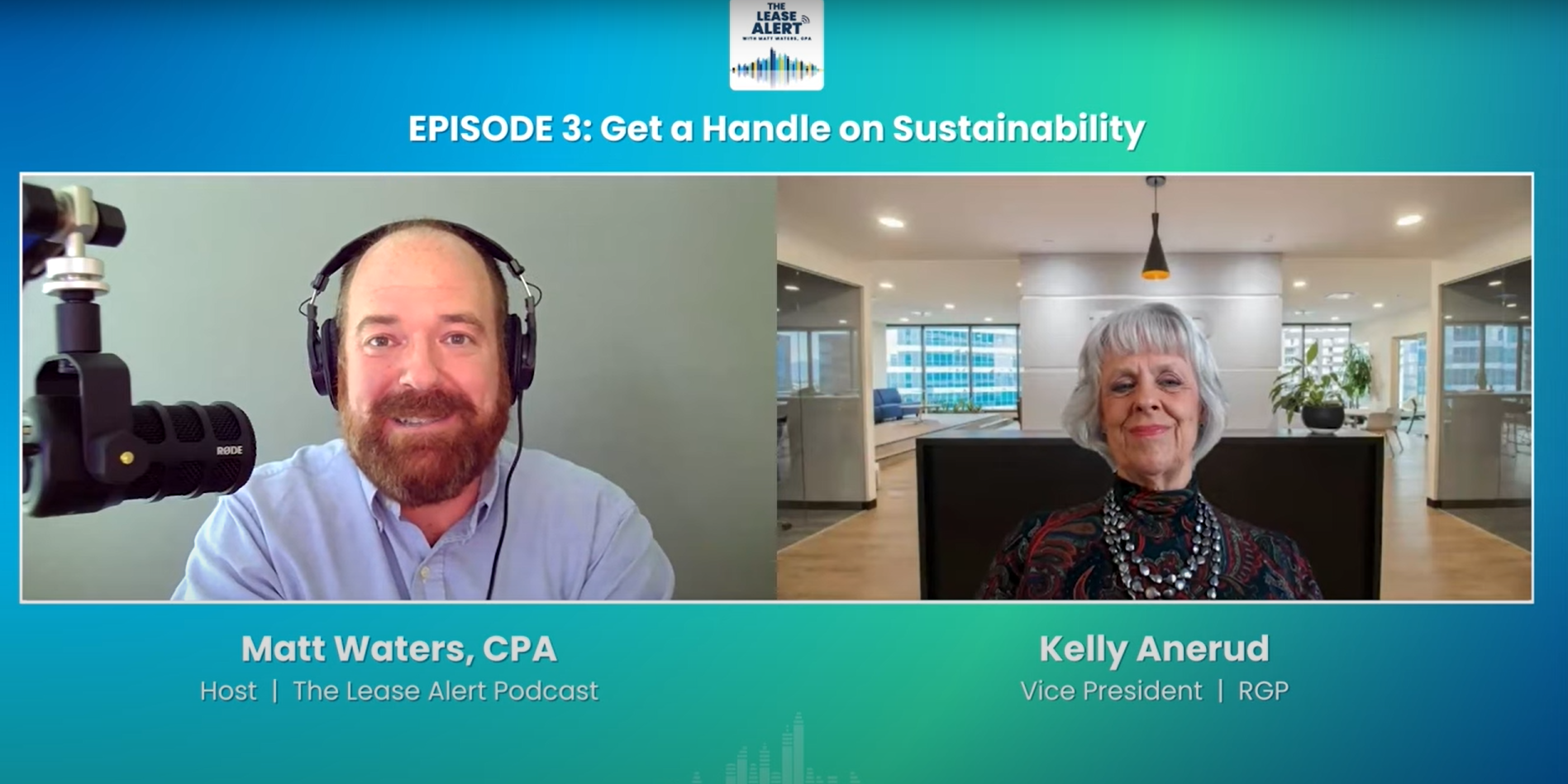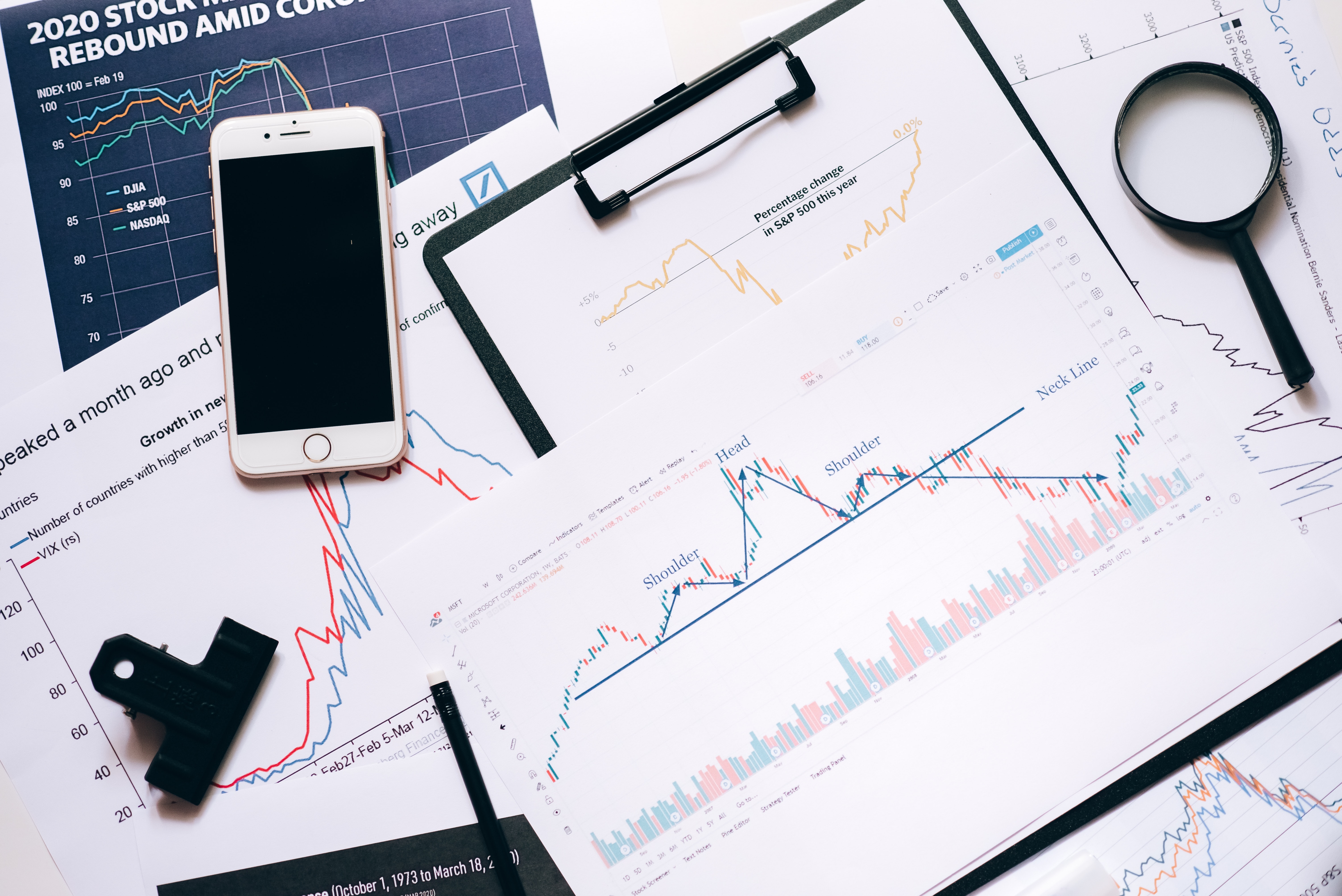Share this
by Matt Waters, CPA on August 8, 2024
What can you lease? An asset. What has a carbon footprint? An asset.
Not long ago, accounting teams around the world began to comply with ASC 842 and IFRS 16. The process involved painstaking data collection for each individual asset owned by a company.
Now, a similar but more extensive exercise is underway to collect Environmental, Social, and Governance (ESG) data. ESG accounting promises to be a much larger project. But the lessons learned from lease accounting compliance will prove invaluable.
Lesson 1: Don’t Delay
Reflecting on the ASC 842 transition, many lease accountants at public companies regret not starting sooner.
Even before the guidelines were finalized, proactive companies began organizing working groups, consolidating information silos and collecting lease data into central repositories. This practice turned out to be an enduring best practice amidst industrywide changes.
Companies should adopt a similar approach for ESG accounting standards. Regardless of the form of the final standard, we will likely need to collect extensive data.
Most companies took the lease accounting transition down to the wire. Some even ran out of time and had to implement costly temporary solutions that required reworking later. By starting early, companies can avoid pitfalls and ensure a smoother transition to comprehensive ESG reporting.

Is ESG compliance a good thing for lease accountants?
Our experts says YES!
Lesson 2: Involve the Right Stakeholders
Just as with lease accounting, the information required for ESG reporting will be controlled by various groups within the organization.
Opening lines of communication with these groups is crucial. And to frequently update about stakeholders about what to expect.
Common stakeholders involved in ESG reporting include:
- Real Estate and Property Management
- Logistics and Maintenance
- IT – Servers, Printers
- Procurement and Fleet Management
- Legal
- Financial Planning
- Accounting
- External Reporting
- Investor Relations
- Treasury
- Tax
- HR
- Sustainability
- Energy Management
Each of these groups holds pieces of the ESG data puzzle. Bringing them together early in the process ensures two things:
- All necessary data is collected.
- No gaps exist in the reporting.
Collaborative efforts across departments will lead to a more comprehensive, accurate ESG metrics and have a more positive impact on the organization as a whole.
Lesson 3: It’s All About the Data
Enterprise companies need the capacity to collect high-quality, auditable ESG data. They must have the proper controls in place to ensure accuracy and completeness. This data must then be consolidated into central repositories in an organized format that enables effective reporting.

Introducing the CoStar ESG Data Vault
Protect Your Portfolio with ESG Reporting
Moving Forward
ESG reporting will ultimately lead to greater transparency and accountability, benefiting not only individual companies but the broader business landscape as well. However, the overall cost and burden on your company will depend on the steps you take now to set the stage. Investing in ESG software with robust data collection and management systems will pay off in the long run, providing a solid foundation for ESG reporting and helping to avoid the pitfalls of hasty, last-minute data gathering.
The transition to ESG reporting is a significant undertaking. But the lessons learned from lease accounting compliance offer a valuable roadmap. By starting early, involving the right stakeholders, and focusing on data quality, companies can navigate this transition smoothly and set themselves up for success.
Share this
- Lease Accounting Software (90)
- ASC 842 (83)
- Accounting Teams (53)
- Lease Administration Software (27)
- Retail Tenants (16)
- Commercial Real Estate (14)
- Lease Management (13)
- Real Estate Teams (10)
- ESG (8)
- Market Data and Analytics (8)
- Success Stories (8)
- News and Media Coverage (5)
- Transaction Management Software (2)
- frs 102 (2)
- Customer Success (1)
- Office Tenants (1)
- December 2025 (1)
- September 2025 (1)
- July 2025 (2)
- June 2025 (4)
- May 2025 (2)
- April 2025 (2)
- March 2025 (6)
- February 2025 (3)
- January 2025 (4)
- December 2024 (1)
- October 2024 (4)
- September 2024 (2)
- August 2024 (4)
- July 2024 (3)
- June 2024 (3)
- May 2024 (4)
- April 2024 (1)
- February 2024 (1)
- December 2023 (4)
- November 2023 (6)
- October 2023 (4)
- September 2023 (2)
- August 2023 (2)
- July 2023 (3)
- May 2023 (2)
- March 2023 (1)
- February 2023 (3)
- January 2023 (1)
- December 2022 (3)
- November 2022 (4)
- October 2022 (4)
- September 2022 (1)
- August 2022 (4)
- June 2022 (1)
- May 2022 (4)
- April 2022 (8)
- March 2022 (3)
- February 2022 (1)
- January 2022 (2)
- November 2021 (2)
- October 2021 (2)
- September 2021 (3)
- August 2021 (15)
- July 2021 (3)
- June 2021 (1)
- May 2021 (1)
- April 2021 (3)
- March 2021 (1)
- January 2021 (1)
- December 2020 (3)
- November 2020 (1)
- October 2020 (2)
- September 2020 (2)
- August 2020 (3)
- July 2020 (2)
- June 2020 (3)
- May 2020 (1)
- April 2020 (1)
- March 2020 (1)
- February 2020 (1)
- December 2019 (1)
- October 2019 (1)
- September 2019 (2)
- August 2019 (3)
- July 2019 (2)
- April 2019 (69)
- October 2018 (1)
- August 2018 (1)
- July 2018 (1)
- June 2018 (1)
- May 2018 (1)
- April 2018 (2)
- March 2018 (3)
- February 2018 (2)
- December 2017 (1)
- August 2017 (3)
- June 2017 (2)
- May 2017 (2)
- April 2017 (1)
- March 2017 (2)
- January 2017 (2)
- November 2016 (2)
- July 2016 (1)
- June 2016 (1)
- July 2015 (1)
- March 2015 (1)
- June 2014 (1)
- April 2014 (11)
- October 2011 (1)
You May Also Like
These Related Stories

ESG Reporting Will Boost the Accounting Profession

How Lease Accountants Can Get a Handle on Sustainability



